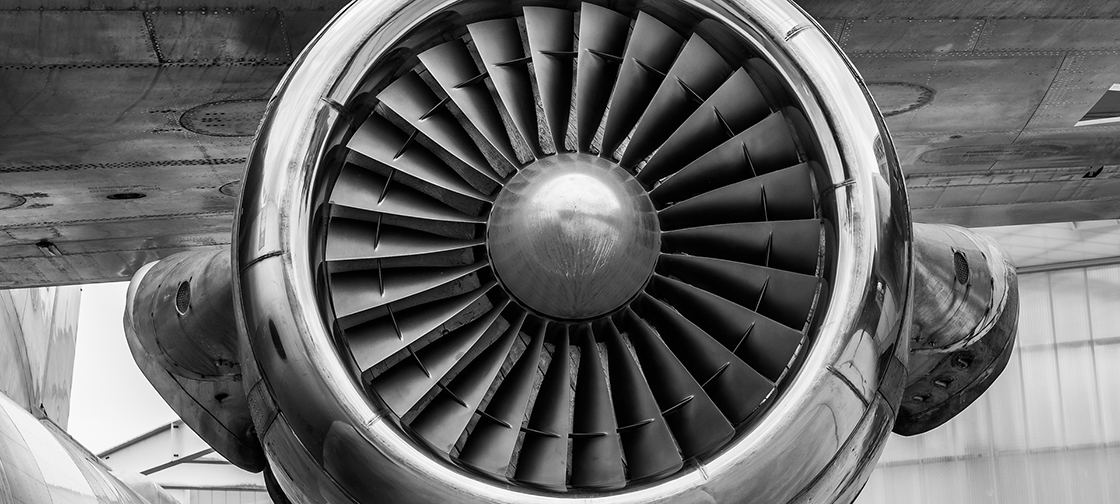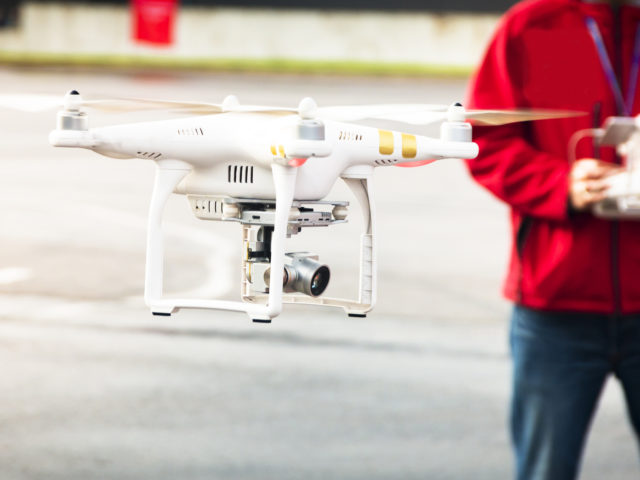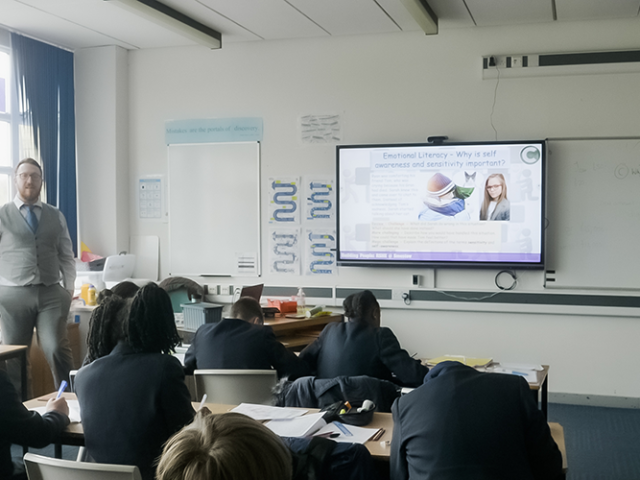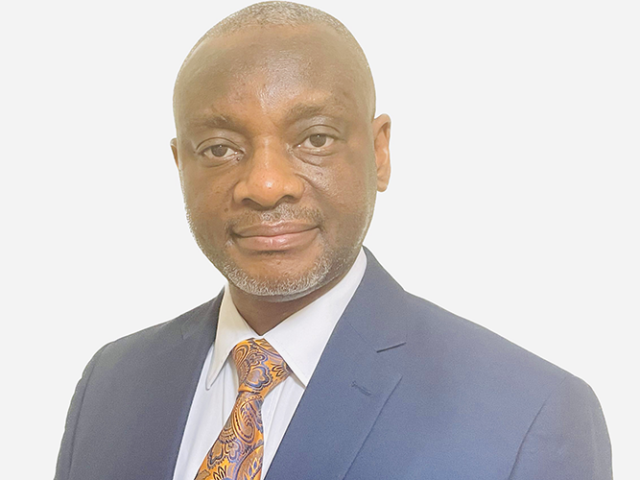2nd March marks the 50th anniversary of Concorde’s maiden test flight. Heralded as a masterpiece of engineering with innovative carbon-fibre brakes, fly-by-wire controls and its record-breaking flight time, the plane’s design would mark the future of air travel.
Sadly, the aircraft has its last flight in October 2003, but rumours of a new “Son of Concorde” have been floating around recently, and last year Boeing unveiled plans for a new hypersonic jet which could fly from New York to London in a staggering two hours.
Half a century on, engineers have far superior modelling tools which have facilitated these latest inventions. However, for the aviation industry to continue to accelerate in the future, we need to encourage more young people down this career path and teach them to use these tools throughout their training, and recognise how projects like Concorde inspire future generations.
Chris Hayhurst, MathWorks explains, “When Concorde arrived on the scene it was truly iconic and helped add a touch of glamour to the engineering industry. Even though Concorde didn’t stand the test of time, the original designers were innovative and ground breaking and those working in the industry today can learn a great deal from their creativity.
“The 2016 Royal Academy of Engineering report “The UK STEM Education Landscape” found that on leaving higher education, fewer than half of UK domiciled engineering students enter professional engineering occupations. This is despite UK industry needing over a million new engineers a year just to replace people who are retiring or leaving the profession, so knowing that there are some exciting new aeroplanes in the pipeline should give the industry the well-needed boost it needs and inspire the engineers of the future.
“In terms of the technology now available to aeroplane designers, we now have models that can address the technical and process challenges of aircraft design. Using these tools engineering can rapidly develop the initial design of an aeroplane and evaluate different geometric configurations, determine its aerodynamic characteristics and create flight simulation. By accelerating these processes and making the design of an aircraft more efficient, airline companies can save money both during the design stage and into the aeroplane’s operation. With this new technology, the boundaries of aerospace are being pushed to their limits, we just need the talent to keep it going.”




